In previous blog posts I explored the relationship between Premier League club’s salaries and team performance (here, here and here). The findings generally support the hypothesis set forth by Kuper and Szymanski that spending on players’ salaries is a better predictor of performance than net spending on transfers. Furthermore, these posts suggest managers of ‘inefficient’ teams tend to get fired while mangers of ‘efficient’ teams retain their roles. This post considers these issues by exploring the relationship between Premier League club’s spending on player salaries and team performance during the 2020/21 Premier League season.
So which clubs have been the most efficient? The figure below shows Premier League team’s total points and spending on salaries for 2021.
It appears that efficiency matters as none of the six ‘efficient’ clubs changed manager throughout the season while six of the fourteen ‘inefficient’ clubs (43%) changed managers including the recent departures of Roy Hodgson (Crystal Palace), Nuno Santo (Wolves) and Sam Allardyce (West Brom). Even managers of inefficient teams that retained their jobs have been under intense scrutiny for much of the season which suggests Mikel Arteta, Steve Bruce and Ole Gunnar Solskjaer will be under increasing pressure to improve the performances of their teams next season or risk being the next manager facing the chop.
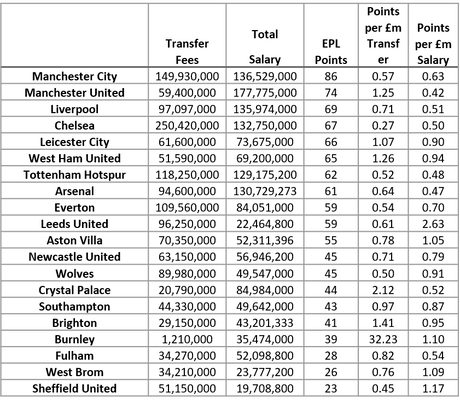
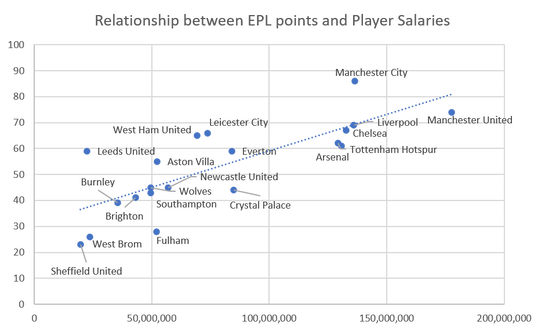
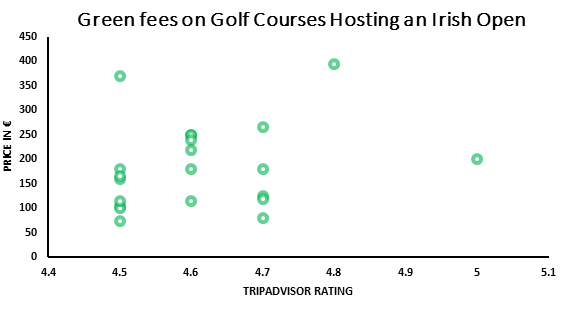
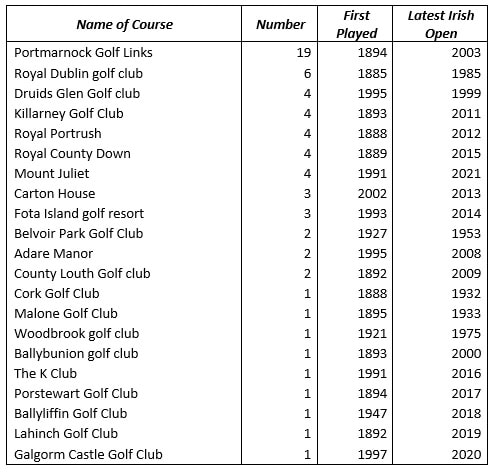
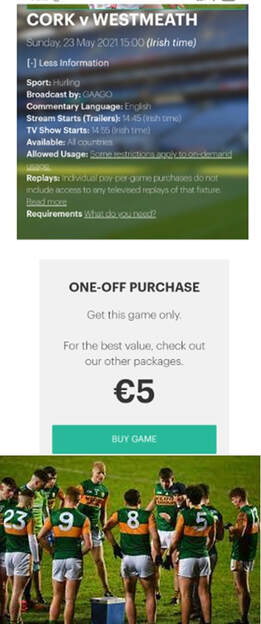
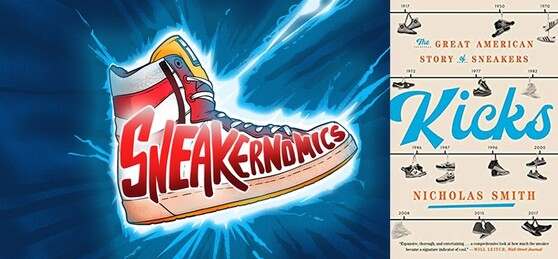
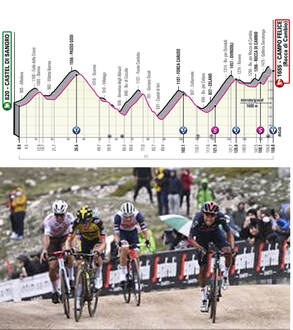
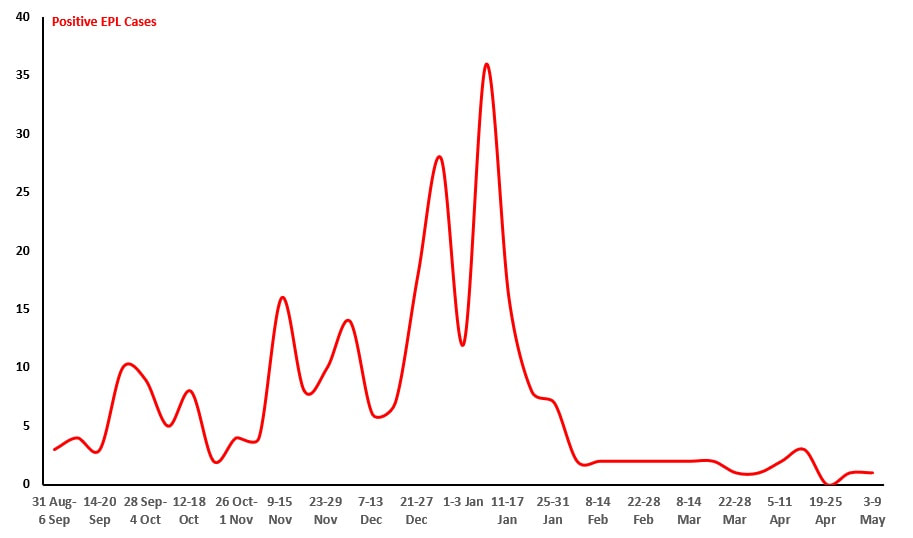
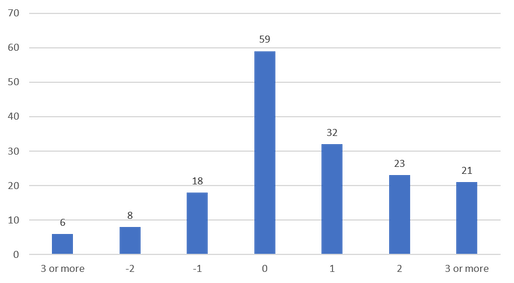



 RSS Feed
RSS Feed